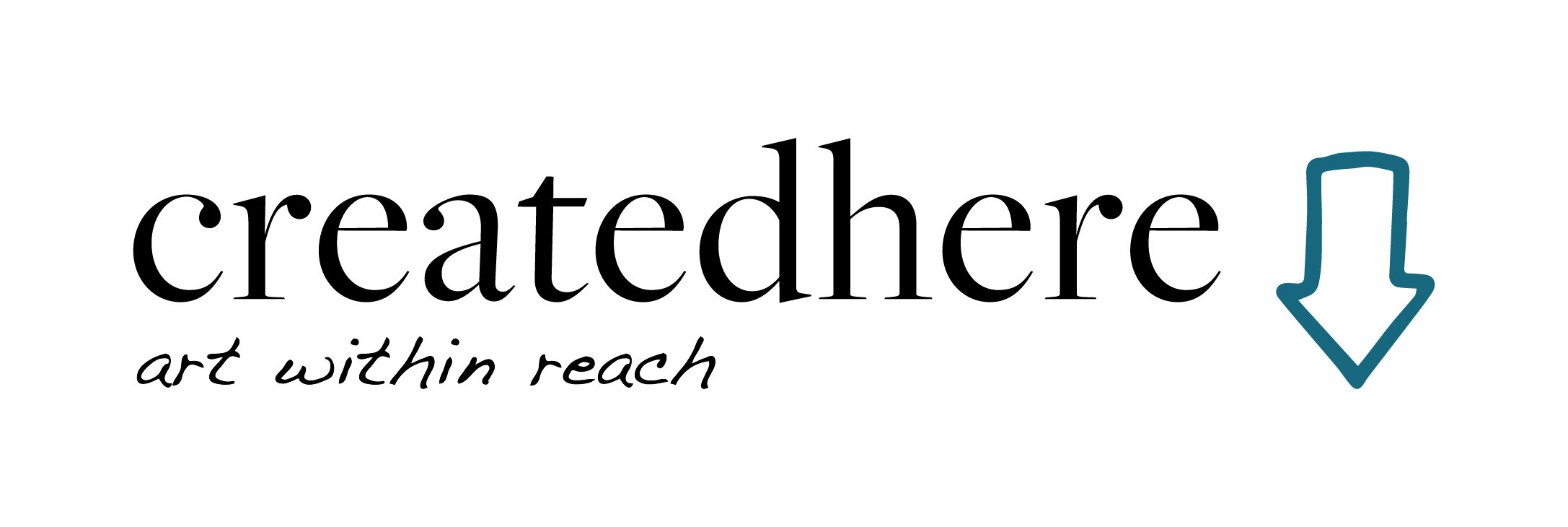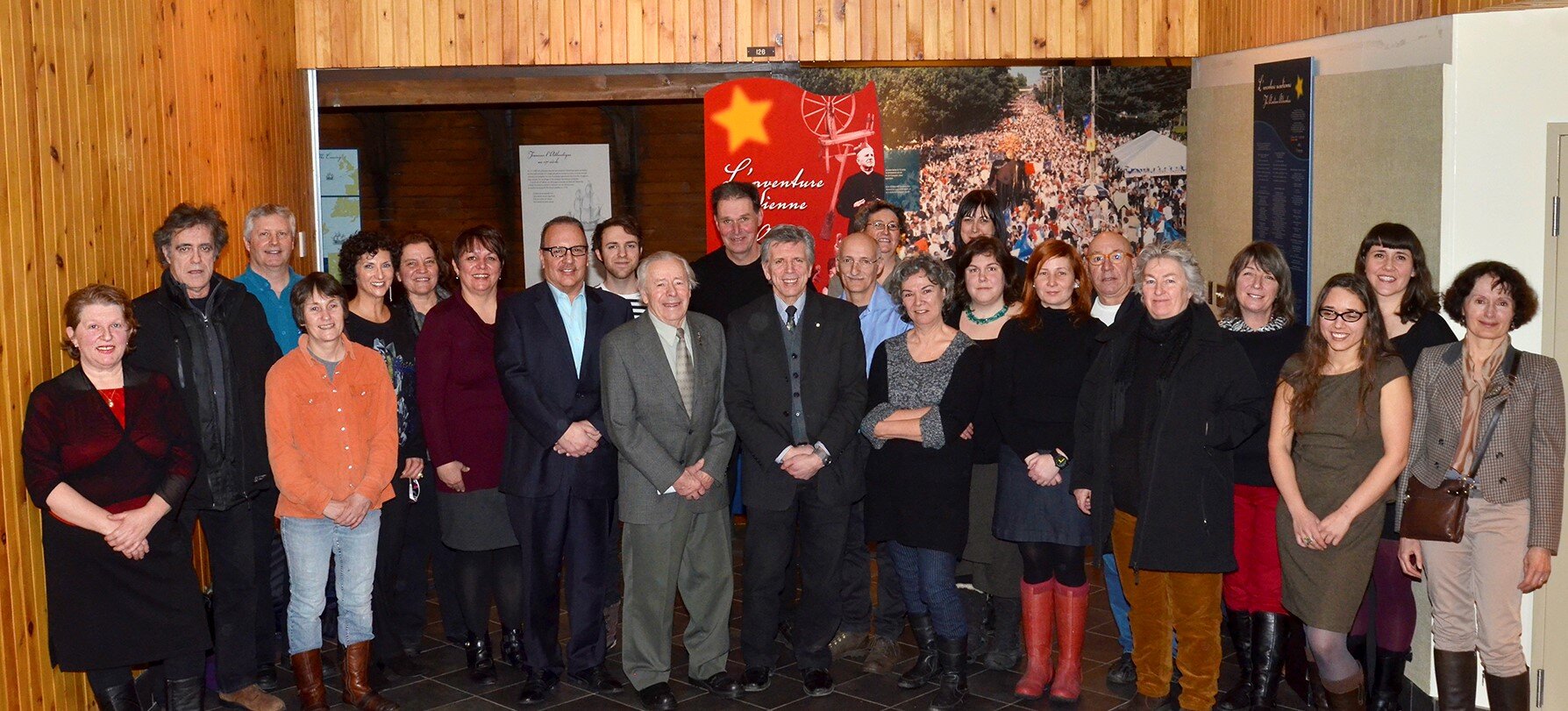Part Two | The Renaissance of Contemporary Acadian Art in New Brunswick
A Contribution to the Acadian-ness Movement by Artists Claude Roussel and Paul Édouard Bourque
by Anik Marchand
2 of 4: Claude Roussel: The Father of Modern Acadian Art
In addition to being a prolific artist who worked in sculpture, relief, and painting…
Claude Roussel (Canadian, born 1930) has to his credit, in Canada and abroad, over 200 exhibitions, 60 monumental projects, and numerous artworks in important public collections…
Roussel’s new forms of expression would have a deep impact on the course of modern art in New Brunswick. Roussel was the founding director of both the Visual Arts Department and the Art Gallery at the Université de Moncton. Roussel has received many awards and distinctions including the Allied Arts Medal from the Royal Architectural Institute of Canada (1962), the Order of Canada (1984), and the Order of New Brunswick (2002). Beyond his art, through his commitment to teaching and writing, Claude Roussel has made an invaluable contribution to the development of visual arts in Acadie and in Canada, which continues today.
Roussel is also considered the father of Acadian modern art by the Acadian community; not only did he begin the movement in New Brunswick, but he also brought new techniques, new materials, and new aesthetic philosophies to Acadian art from his time studying in Montreal. Roussel’s accomplishments within his art career has been both a personal success and an integral community success as well. It was not until the social upheaval of the 1960s that the articulation of Acadian identity or “Acadian-ness” within the Maritime Provinces surfaced with a surge of power in art and society.
Figure 2.1 | Claude Roussel with Element of Identity of Acadians in New Brunswick, 2014
Amongst the experimental materials and techniques new to contemporary art, Roussel became fascinated with industrial material such as thermoforming plastic sheets and synthetic resins. In the late 1960s, Roussel shaped these new materials to create socio-political expressions that included his compassion for his Acadian identity and Acadian-ness. When looking at Roussel’s early socio-political relief, Qui prendra les tenailles (Who Will Take the Cutters), 1975, it demonstrates noteworthy themes of power struggles and control over one’s identity.
When observing the vacuum-formed plastic relief, one can see a pair of wire cutters with a tag attached. The small Acadian flag is displayed on the tag, laid out conspicuously for the viewer to see, indicating Acadian ownership of the tool, symbolic of their right to obtain freedom by cutting themselves away from their burdensome past. Next to the Acadian flag, there’s a porcupine on the tag signifying the Indigenous peoples of north-western New Brunswick, acknowledging the strong and important relationship between Acadians and Indigenous peoples.
Figure 2.2 | Claude Roussel, Qui prendra les tenailles, 1975
Qui prendra les tenailles, 1975, created three years after the Parti Acadien was formed in 1972, demonstrated a sense of empowerment as Acadians were finally gaining a political voice. Acadians were now steadily gaining credibility, not only by fuelling New Brunswick’s fishing and forestry industry, but by participating in government and finally having a voice. The importance of Acadians in politics can also be seen in Roussel’s Renaissance,1978. This vacuum-formed, plastic relief demonstrates a prominent Acadian flag, soaring towards the heavens, standing tall from the rubble, which is depicted as a nest-like safe haven; it explores themes of rebirth, confidence, and unity. The bold representation of the Acadian flag became an important cultural marker in the 1960s, represented in art as it was one of the few unique symbols which unified this culture.
Figure 2.3 | Claude Roussel, Renaissance, 1978
In 1963, Acadians experienced a sense of artistic revival with the ability to showcase their talent, enabled by Roussel’s founding of the department of visual arts along with its very own Galerie d’art de l’Université de Moncton. In 1965, Roussel curated Sélection 65, an exhibition of work of 11 artists, including some of his students, of French expression in New Brunswick. It was the first modern Acadian art exhibition, marking an important new beginning. Sélection 65 took place at the university’s Lefebvre residence; this exhibition also played a major role in the Université’s decision to allocate space for a gallery in the basement of the Bibliothèque Champlain in 1967.
This exhibition, along with Roussel’s passion for art education, also influenced generations of artists to pursue their quest on portraying the renewal of their cultural identity via their art. As a fine arts professor at l’Université de Moncton, Roussel encouraged young Acadian art students to express themselves visually, pushing the boundaries of art and putting aside traditional methods of painting and traditional subject matter such as religious scenes and landscapes. He was the first to introduce abstract art with bold and bright colours, new materials such as melted polymer, and abstract shapes in Acadian art.
Figure 2.4 Opening of the art exhibit Sélection, 1965
Figure 2.5 | Claude Roussel (centre) and to his right, Paul Édouard Bourque at the opening of the exhibition 50//50//50:50 ans/50 artists/50 oeuvres, 2014
This Story is Continued HERE
Thanks to generous funding from the Strategic Initiatives Fund
Images
Figure 2.1
Claude Roussel with Element of Identity of Acadians in New Brunswick, 2014
164 × 135 × 12 cm, Mixed-media mobile sculpture
© Claude Roussel (Photo: Margaret Patricia Eaton)
Figure 2.2
Claude Roussel, Qui prendra les tenailles, 1975
51 × 66 × 6 cm, Edition, Relief, Serigraph on vacuum-formed plastic
Collection of Galerie d’art Louise-et-Reuben-Cohen
© Claude Roussel
Figure 2.3
Claude Roussel, Renaissance, 1978
132 × 96 × 6 cm, Relief, lacquer on vacuum-formed plastic with welded metal rods
Collection of the President of the French Republic
© Claude Roussel
Figure 2.4
Opening of the art exhibit Sélection 65. From L to R: Clément Cormier, founder of the Université de
Moncton, Jean-Paul Morisset, Director of External Services of the National Gallery of Canada and Claude
Roussel, Director and Curator.
Figure 2.5
Some of the 50 artists present with Claude Roussel (centre) and to his right, Paul Édouard Bourque at the opening of the exhibition 50//50//50:50 ans/50 artists/50 oeuvres, 2014 at the Galerie d’art Louise-et-Reuben-Cohen curated by Herménégilde Chiasson in celebration of 50 years of visual art instruction at Université de Moncton and dedicated to Claude Roussel. (Photo: Bob Maillet)
Want More Artist Inspiration?
Check out Auto-Sapiens: Christian Michaud by Tanya Eindiguer








